If you’re new to cannabis, you’re probably wondering if you should smoke it or vape it. There are benefits and advantages to both, but what about the pros and cons of vaping?
As far as vaping cannabis goes, it can be healthier and easier to use than needing to learn how to roll weed or having to go on a glass piece search, however there are key nuances you'll want to know.
Let’s jump into what vaporizing cannabis means, and what the pros and cons of it are.
What is vaping cannabis and how does it work?
Vaping is a way to consume cannabis by not combusting (the use of fire), but instead, heating the oil to a temperature that activates the cannabinoids and terpenes inside. It produces a vapor (gaseous state of oil) that can get you high/medicated versus having you inhale plant matter and experiencing the damaging effects of smoke. This is why vaping has become supremely popular in the world of modern cannabis consumption.
The different types of cannabis vaporizers
There are so many different types of vaporizers out there. Whatever your preference of consumption, whether it’s flower, dabs, or cannabis oils, there’s a vaporizer for you.
Desktop herb vaporizers
Let’s get into OG vapes real quick. Desktop vaporizers like the classic Volcano from Storz & Bickel let you take the biggest puffs of all. They have bag attachments that are legit the size of a king-size pillow. They are for dry herb and were originally aimed at medical consumers.
Handheld dry-herb vaporizers
Dry-herb vapes refer to handheld vaporizers for flower. Examples are the Crafty+ and Davinci IQ2. To use them, you load their inner chambers with flower and let the device heat until you’re ready to vape. There was a time when dry-herb vapes were all about a heating gun and glass bowl process, but technology has since evolved. Now if you want to vape at a specific temperature in a specific dosage, there are plenty of devices out there tailored to that exact type of session.
Handheld cannabis oil vaporizers
Oil vaporizers are the vape pens that use pre-filled cartridges and pods. There are multiple kinds, usually falling into two categories: 510 cartridges and closed loop systems. 510 cartridges are the cylinder shaped carts that you can get in both .5G and 1G quantities at any dispensary. Closed loop systems are proprietary systems that only work with one specific battery from one specific company, like the AiroPro, PAX Era, and STIIIZY batteries.
Dab rigs (desktop oil vaporizers)
In this article, we’re mostly focusing on the aforementioned types of vaporizers. But it is worth knowing, and worth mentioning, that dabs are also a form of vaporizing cannabis concentrates. When people think about vapes, they consider dabs a totally separate category simply because of their potency, and the whole torch experience. But honestly, when you simplify it, dab rigs are just desktop oil vapes.
The pros and cons of vaping cannabis
Now that you understand what vapes are, as well as what it means to vaporize cannabis (versus combusting it), we can get into the pros and cons of vaping, and what people need to know.
The benefits of vaporizing cannabis
- Health
- Discretion
- Convenience
- Flavor
Health
Health-wise, vaporizing cannabis is better than smoking cannabis simply because you’re not ingesting all the byproducts of harmful smoke. It’s no secret that smoking anything isn’t the best for your lungs, regardless of how much less harmful smoking cannabis is than smoking cigarettes.
According to healthline, inhaling harmful smoke can inflame your lungs and airway, causing them to swell and block oxygen. This can lead to acute respiratory distress syndrome and respiratory failure. This isn’t the case when vaporizing cannabis.
Discretion
People love vapes for consuming on-the-go in a discretionary manner. The puffs don’t smell as loud as burning flower so you can vape cannabis inside when you’re using an oil vaporizer. With portable dry-herb vaporizers, discretion doesn’t really apply.
If you vape some herb, and put it in your pocket, you will definitely smell like weed. This is why it’s crucial to toss your dry-herb vapes into carrying cases, if possible.
Convenience
Convenience is huge for people that use cannabis vaporizers. You just twist a cartridge onto a vape battery, or grind up a little flower and toss it into a chamber. There’s no need for any joint papers, blunt wraps, or a glass piece that you have to keep clean, or a dab rig with a bunch of accessories like carb caps and terp thermometers. You do have to buy the device though.
Flavor
Lastly, a huge reason people love to vaporize cannabis is the access to terpenes. Terpenes are the aromatic oils inside cannabis products that give your flower/oil the fruity, or skunky, or gassy smells and tastes. It is believed that terpenes may influence the different types of highs we feel from smoking/vaping cannabis. The higher the terps, the better the taste.
With flower, you typically see somewhere between 1 and 3 percent terpenes on lab tests/packaging; but with oil, you might see up to 10 percent terpenes, sometimes higher. Many vaporizers come with variable temperature settings that allow you to get the most out of your weed’s terps.
The disadvantages of vaporizing cannabis
- Weaker intensity
- Cloud size
- Problematic devices
- Price
Weaker intensity
Let’s talk about the effects of flower and dabs versus handheld herb and oil vapes. For one, you’re always going to feel high if you consume a THC product. However, there are different experiences that come from smoking weed versus vaporizing it.
Smoking weed will leave you feeling pretty stoned. It never fails. The eyelids are going to feel heavy.
With handheld oil vapes like 510s and closed loop carts, the intensity is different. Sure, their potencies may be 60-90 percent THC versus flower’s 15-40 percent THC, but the high doesn’t hit anywhere near as hard, nor does it last anywhere near as long.
Vaping cannabis is purely about a quick-and-easy experience. So if you’re looking to get stupid zonked out for the night, chances are you’d want to face a joint or hit some dabs.
Cloud size
Another disadvantage of vaporizing cannabis is that you don’t get those huge clouds of smoke we’re all accustomed to when smoking joints or bongs. For people just starting vaping, this will always catch you off guard. You’ll find yourself trying to suck the mouthpieces like a Hoover vacuum to feel like you’re getting an adequate amount of vapor to really feel high.
Things like the intensity mentioned above, as well as cloud size, are why sometimes people end up over-consuming oil, leading to a short-lasting experience of “Okay, wow, I’m pretty high.”
Problematic devices
Another issue with vaping is that a lot of cannabis vaporizes on the market are poorly made.
One of the issues here is temperatures. A lot of vaping devices on the market get too hot, creating more smoke than vapor. This can be an issue for people who want to avoid the potential harmful effects of combustion.
Another reason to do some extra research when shopping for a vaping device? Safety.
Even when vape devices are RoHS certified (Restriction of Hazardous Substances), this certification does not cover all potential toxins.
According to rohsguide.com, “testing labs are beginning to find traces of other heavy metals such as cadmium, chromium, barium, silver, selenium, iron, manganese, nickel, and zinc” in a lot of vaping devices.
Safety issues can also extend to the cannabis oil within vape cartridges. In 2019, the industry was caught off guard by the 'vape gate' scare, when hundreds of cannabis and e-tobacco consumers fell ill with pulmonary distress, and some even reportedly died. The problem seems to have stemmed from an additive called vitamin E acetate, although vape oils can have other harmful additives such as PEG, PG, VG, etc.
The bottom line with cannabis and safety, no matter the consumption method: make sure your products are coming from a trustworthy source.
Price
Lastly, the biggest disadvantage of both dry-herb and oil vaporizers is the price. There’s truly no “budget” way of going about it. With desktop vaporizers like the Arizer Extreme Q and the Volcano Hybrid, you’ll be spending from $100 up to $700 for the device, respectively.
The Airgraft 2 may be a more frugal option if you want to vape concentrates and also promises better heating technology to avoid any unwanted combustion.
Even the other desktop vapes are going to hit your pockets for somewhere in between. With most handheld dry-herb vapes, you’ll be paying somewhere between $100 and $300.
Truly, there’s no cheap way of going about vaping outside of only using 510 cartridges. But even then, if you buy a rinky dinky 510 vape battery for $20, a standard gram of oil in a 510 cart will still hit you for between $40 and $90, depending on the state you buy it in.
For those prices, you could get at least 3.5G of flower (probably more like 7G). So if you prefer vaporizing to smoking cannabis, you’ll definitely have to pay to play, and if safety is a concern, it may be best to lean towards higher-end devices.
Need a little more Bluntness in your life? Check out our YouTube page!


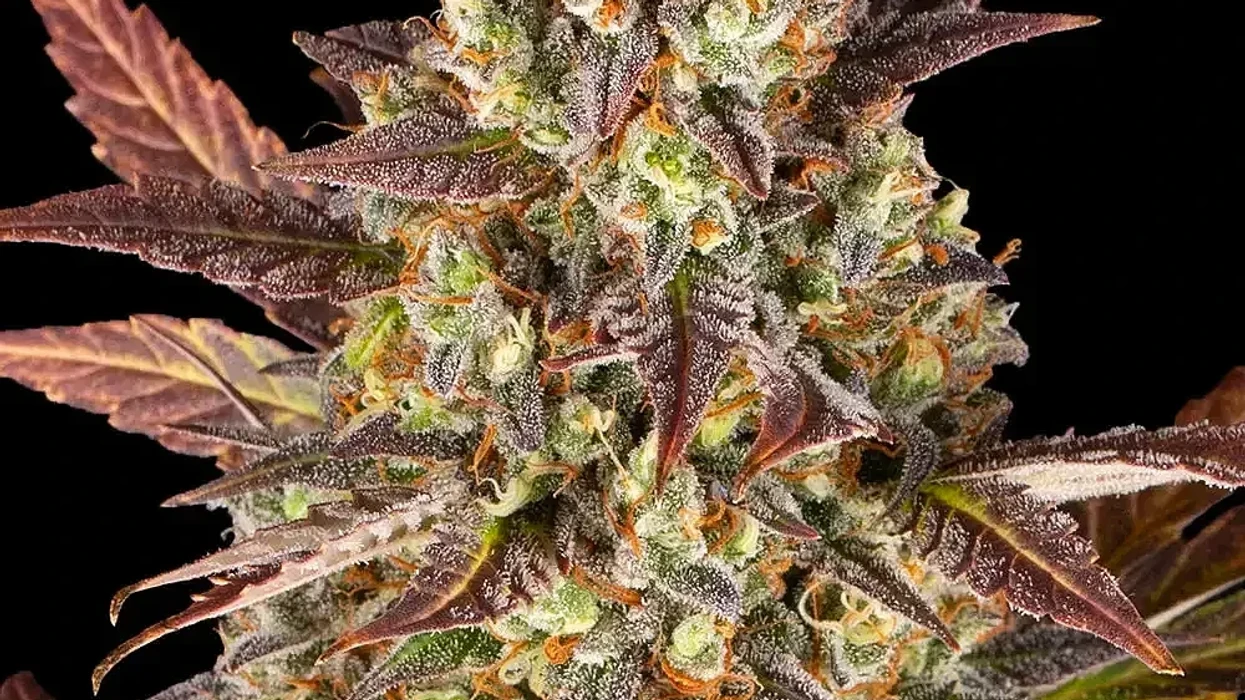
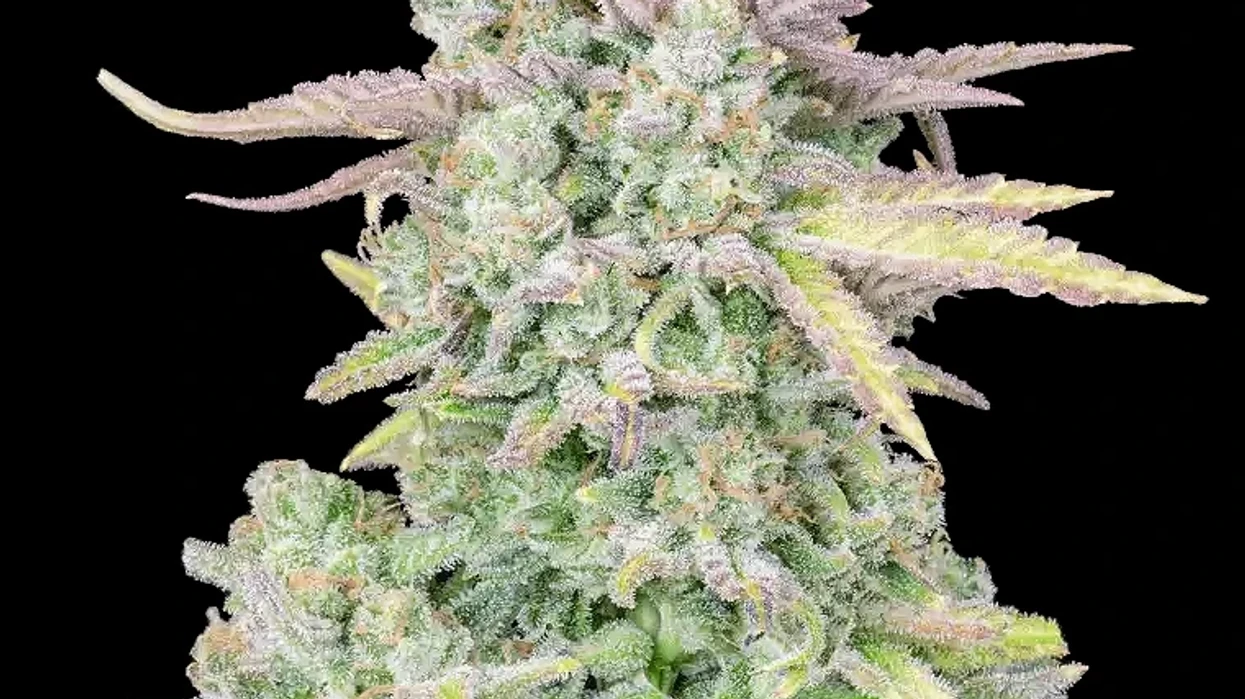



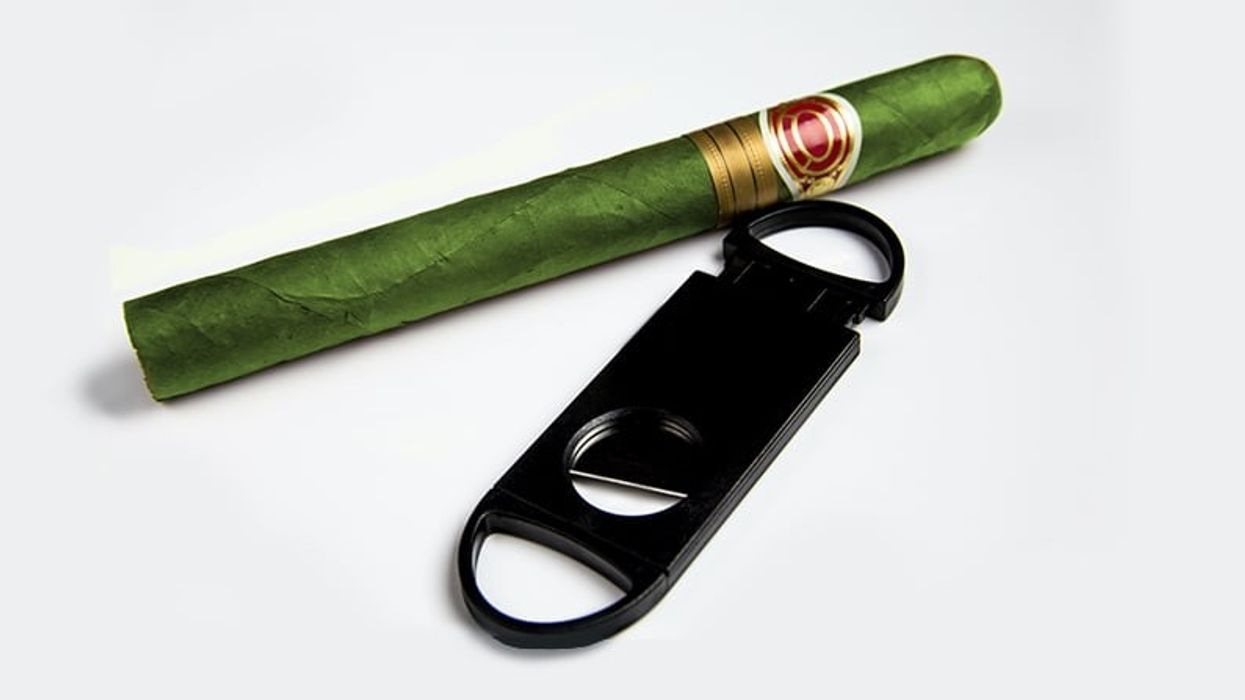



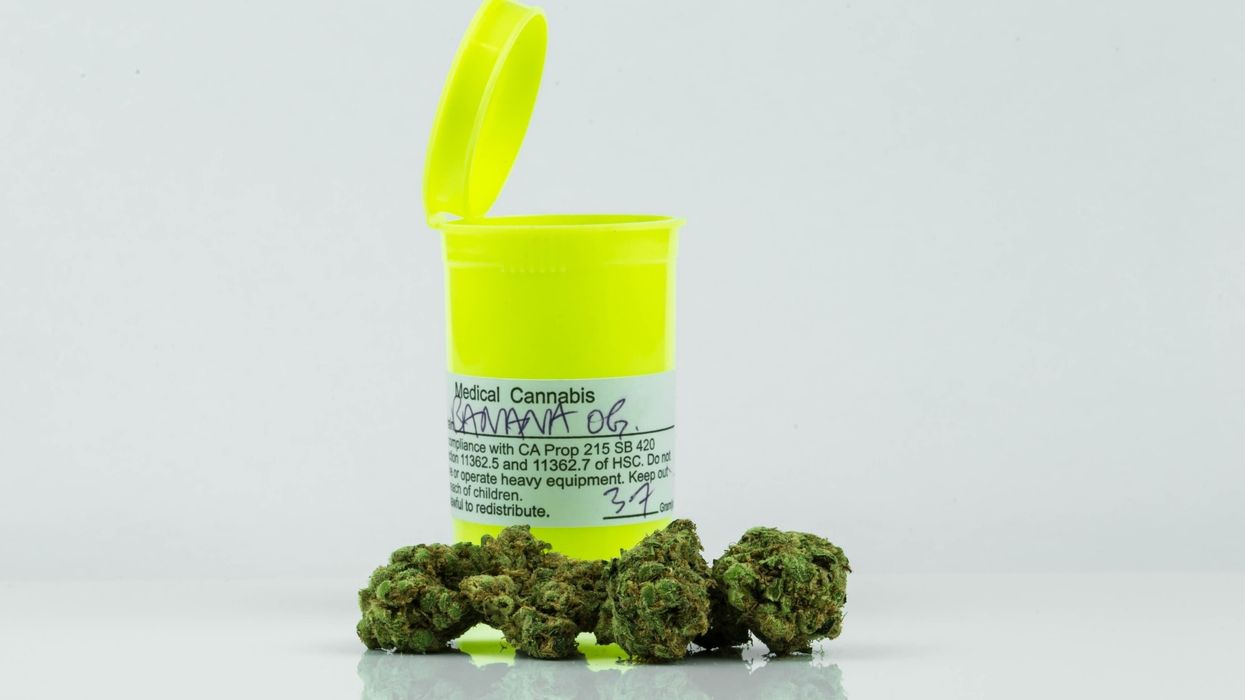
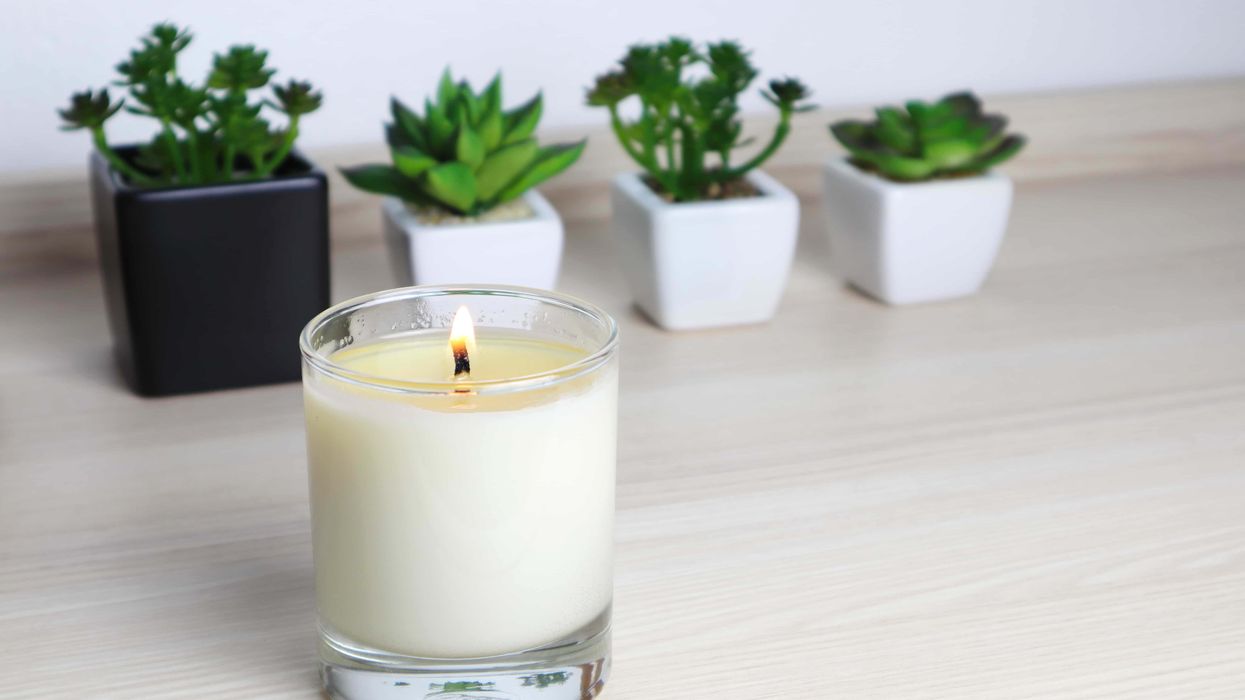

 Recognizing the Signs of Antisocial Behaviors - The Bluntness
Photo by
Recognizing the Signs of Antisocial Behaviors - The Bluntness
Photo by  Weed Makes Me Antisocial: What To Do - The Bluntness
Photo by
Weed Makes Me Antisocial: What To Do - The Bluntness
Photo by 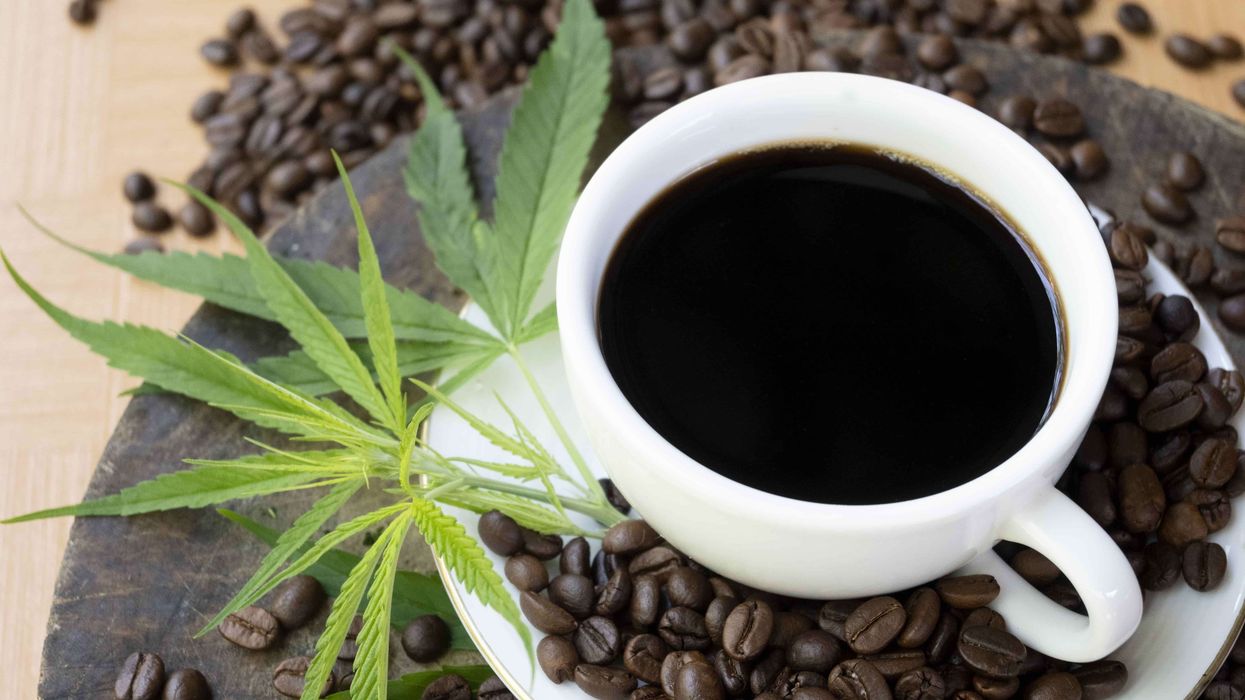
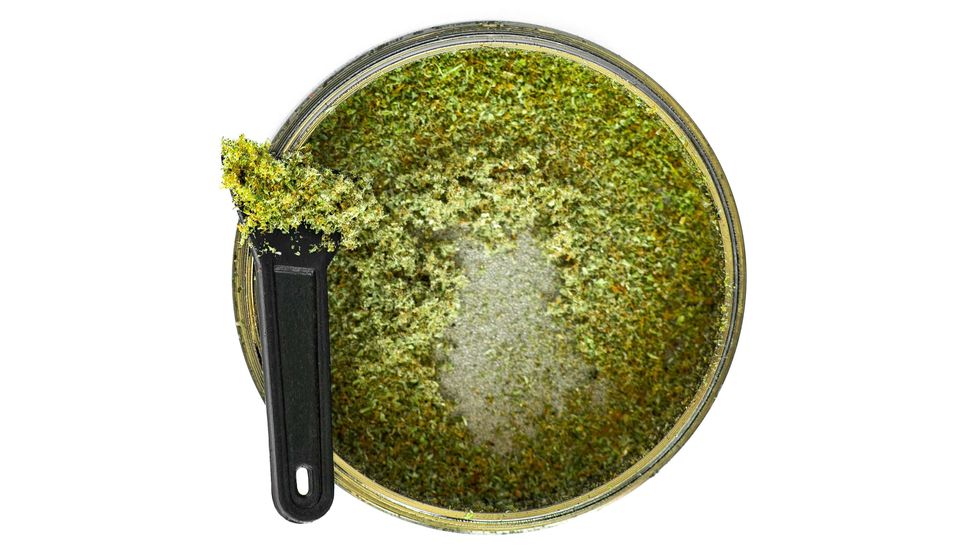 What will you do with that cannabis kief collection? - Make Coffee! The Bluntness
What will you do with that cannabis kief collection? - Make Coffee! The Bluntness DIY: How to Make Kief Coffee - The Bluntness
Photo by
DIY: How to Make Kief Coffee - The Bluntness
Photo by 
 Humankind has been using THC for millennia.
Humankind has been using THC for millennia.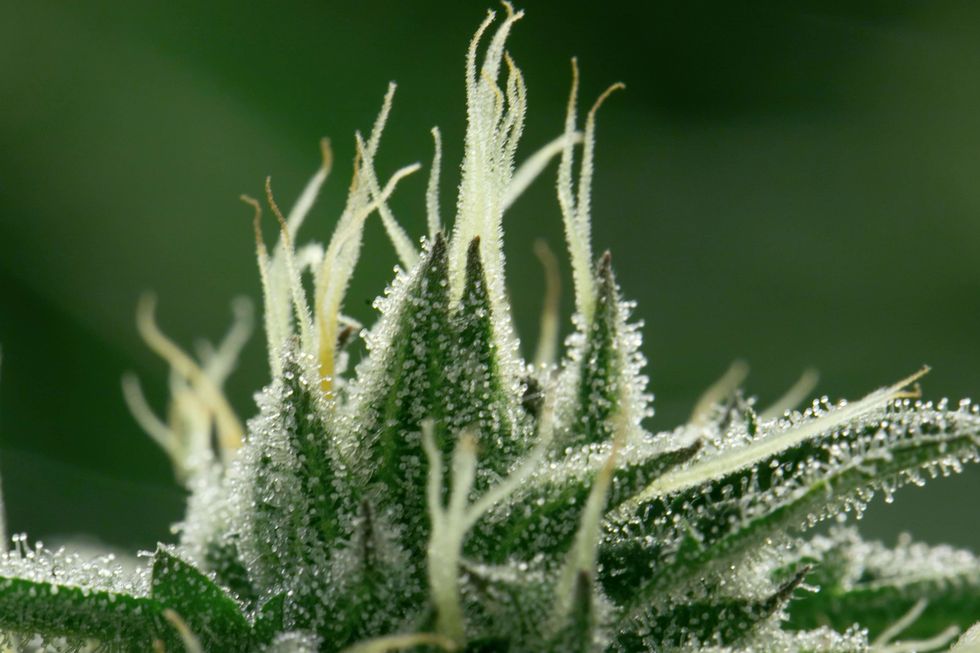 Those little, sugar-like crystals are the sticky trichomes that house special chemicals including cannabinoids and terpenes.
Those little, sugar-like crystals are the sticky trichomes that house special chemicals including cannabinoids and terpenes. Raw cannabis typically contains very little THC. Instead you get non-psychoactive THCA, which is converted into THC.
Raw cannabis typically contains very little THC. Instead you get non-psychoactive THCA, which is converted into THC.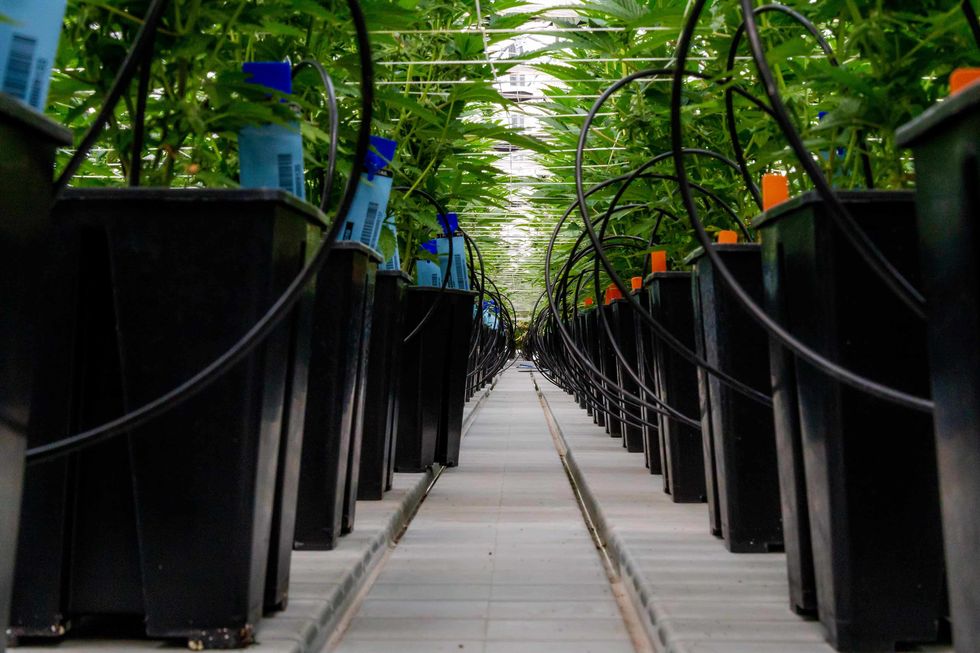 Cultivators are now breeding cannabis not just for THC, but other cannabinoids such as CBD, THCV, and more.
Cultivators are now breeding cannabis not just for THC, but other cannabinoids such as CBD, THCV, and more. Getting the most out of cannabis usually requires a bit of guidance and patience.
Getting the most out of cannabis usually requires a bit of guidance and patience.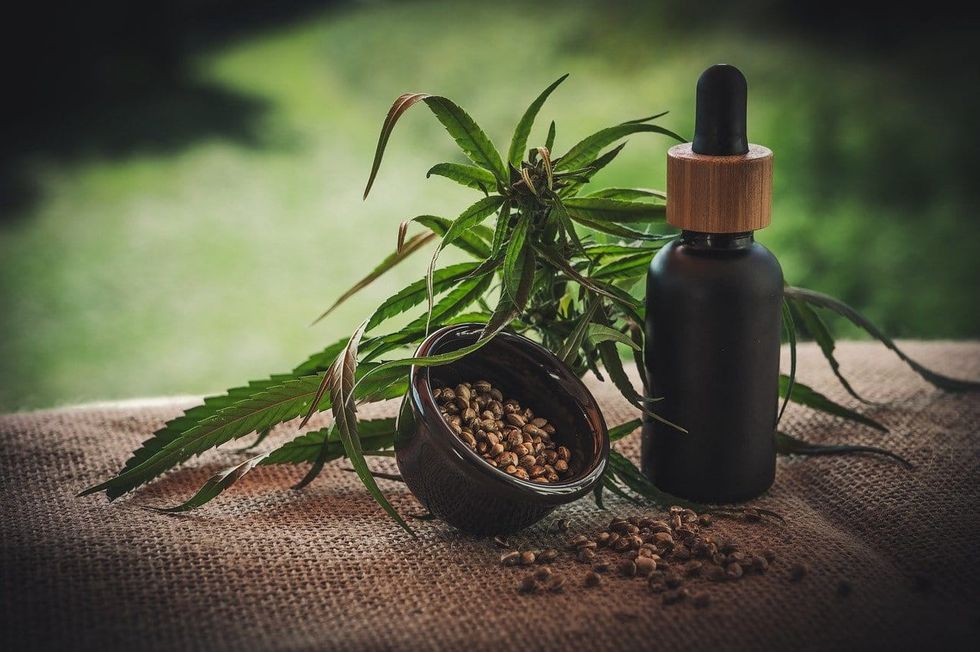 A lot of people think CBD is medical, and THC is for fun. This is an unfortunate misconception.
A lot of people think CBD is medical, and THC is for fun. This is an unfortunate misconception.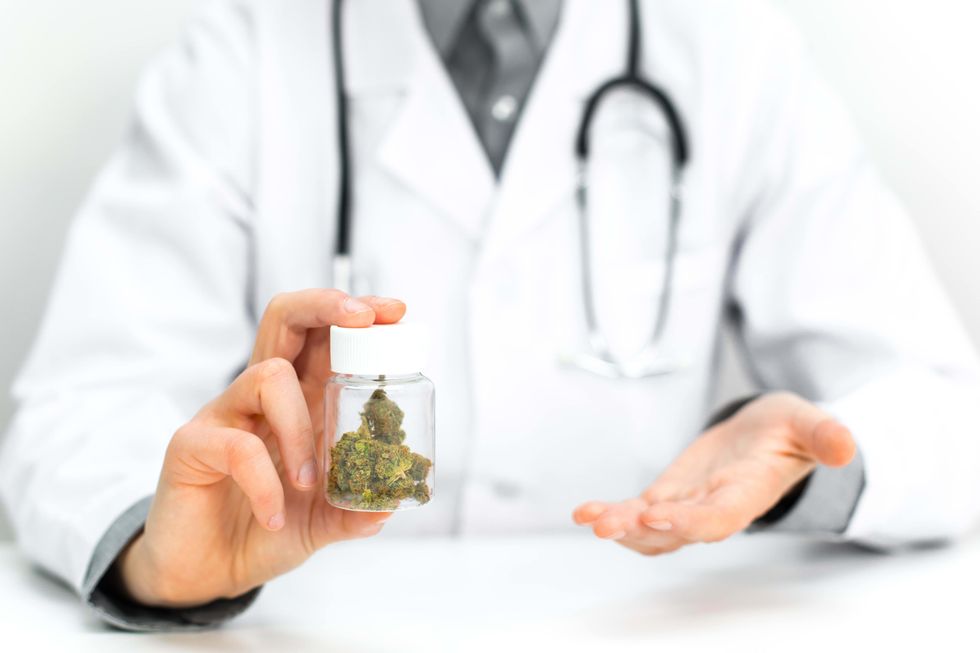 THC has a surprising amount of medical benefits.
THC has a surprising amount of medical benefits. For some the cannabis high is an unwanted side effect, for others it's the main show.
For some the cannabis high is an unwanted side effect, for others it's the main show.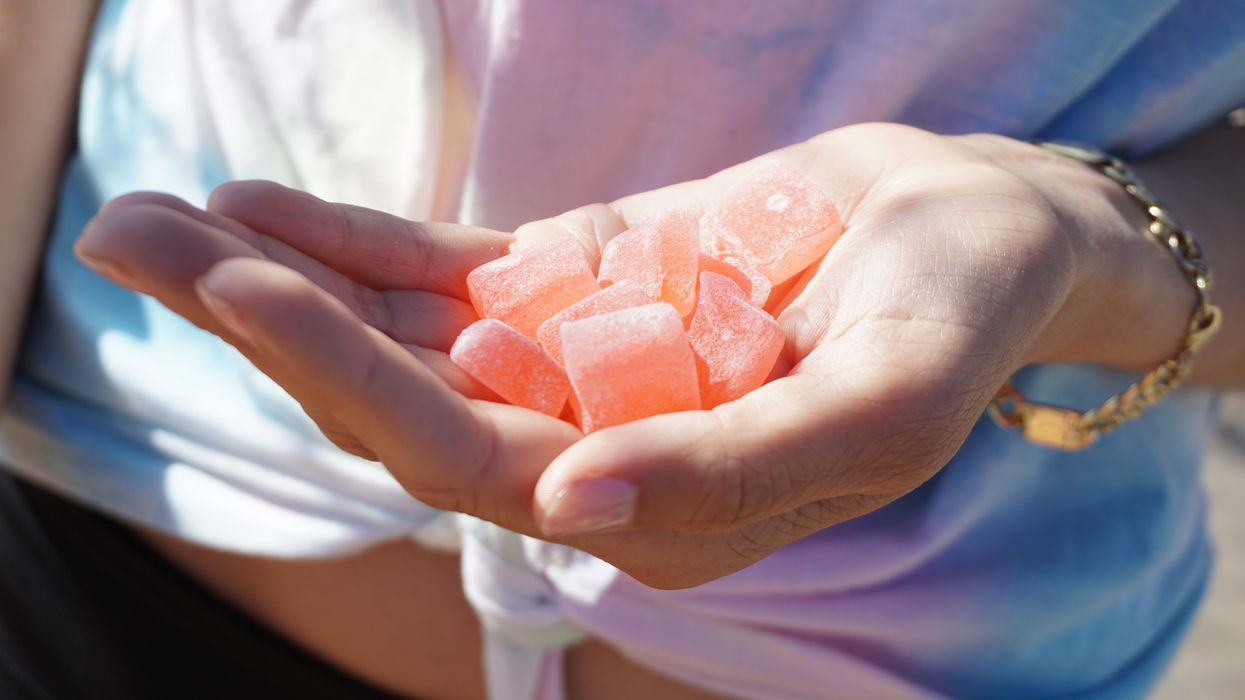
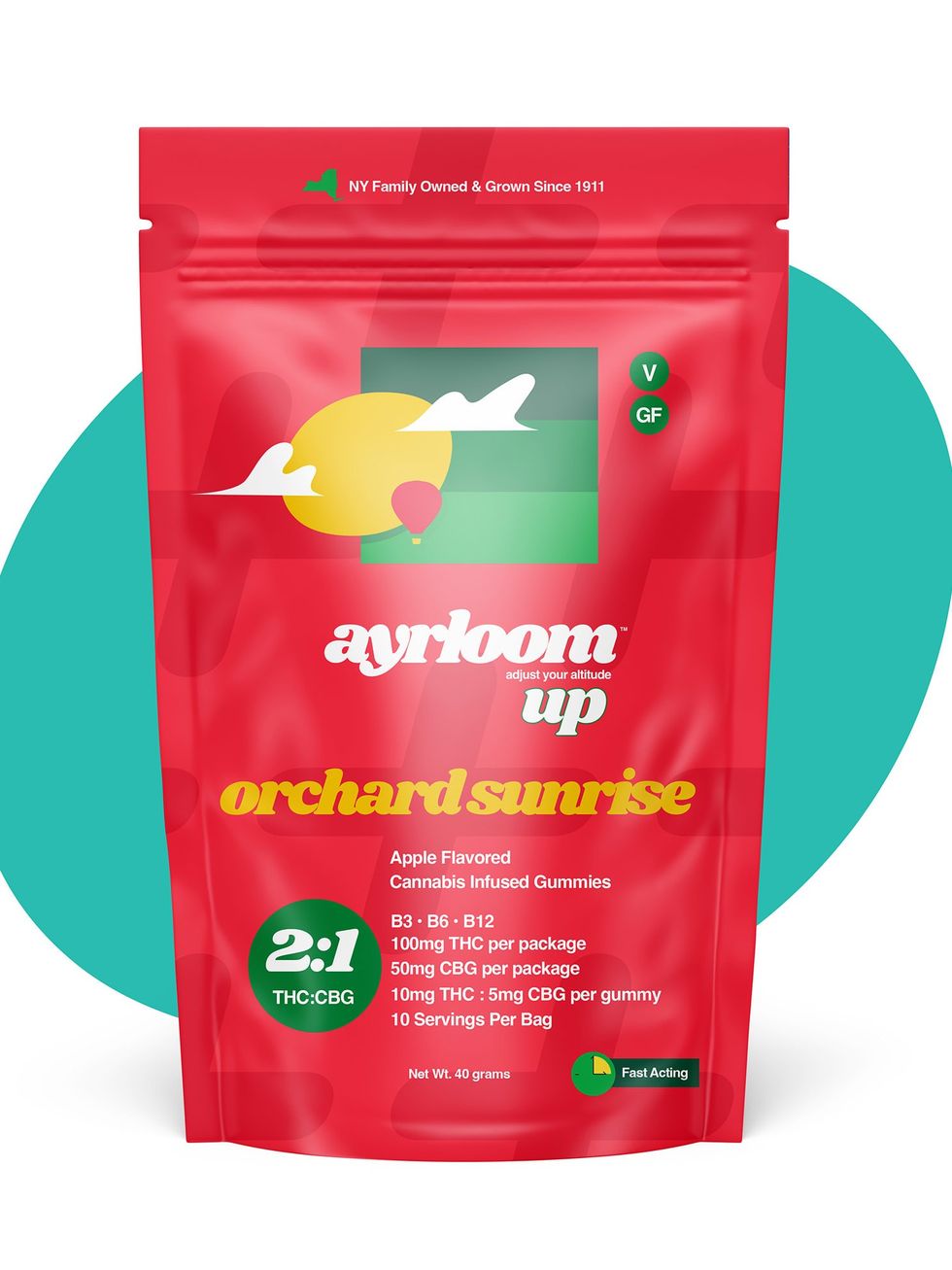 Ayrloom Orchard Sunrise Cannabis Infused Gummies
Ayrloom Orchard Sunrise Cannabis Infused Gummies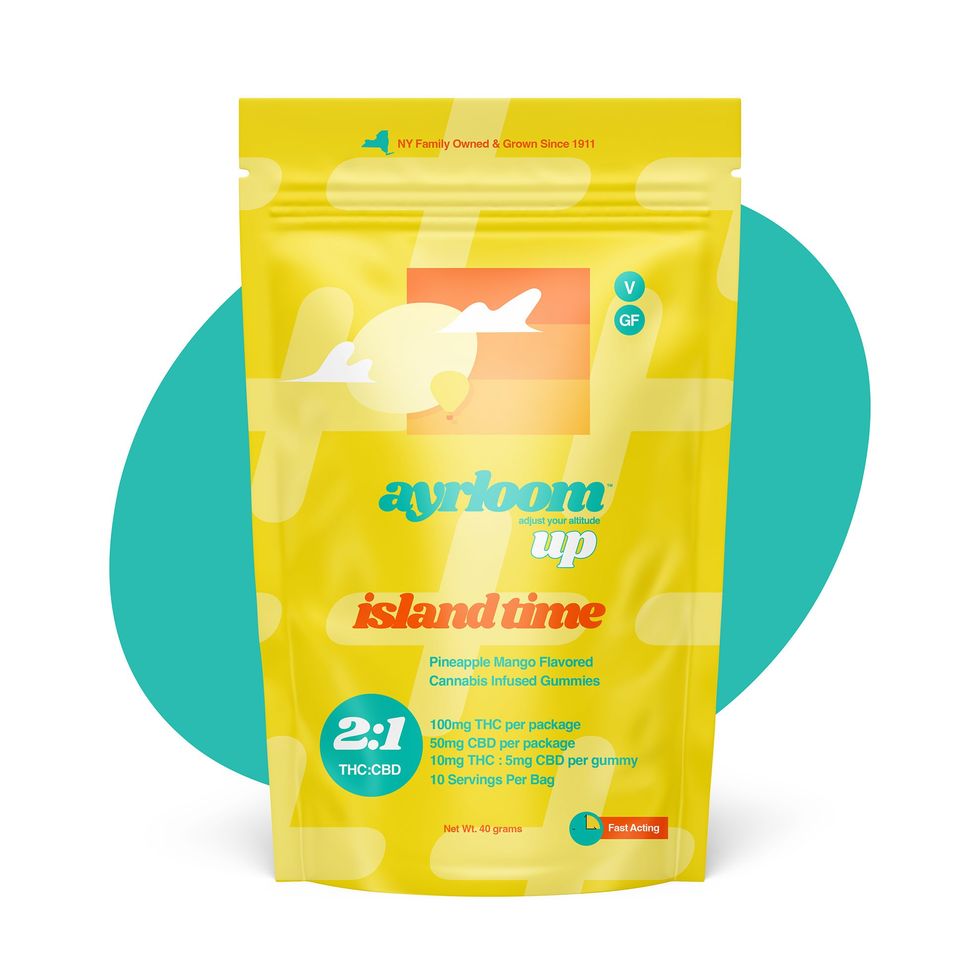 Ayrloom Island Time THC Gummies - Pineapple Mango Flavor
Ayrloom Island Time THC Gummies - Pineapple Mango Flavor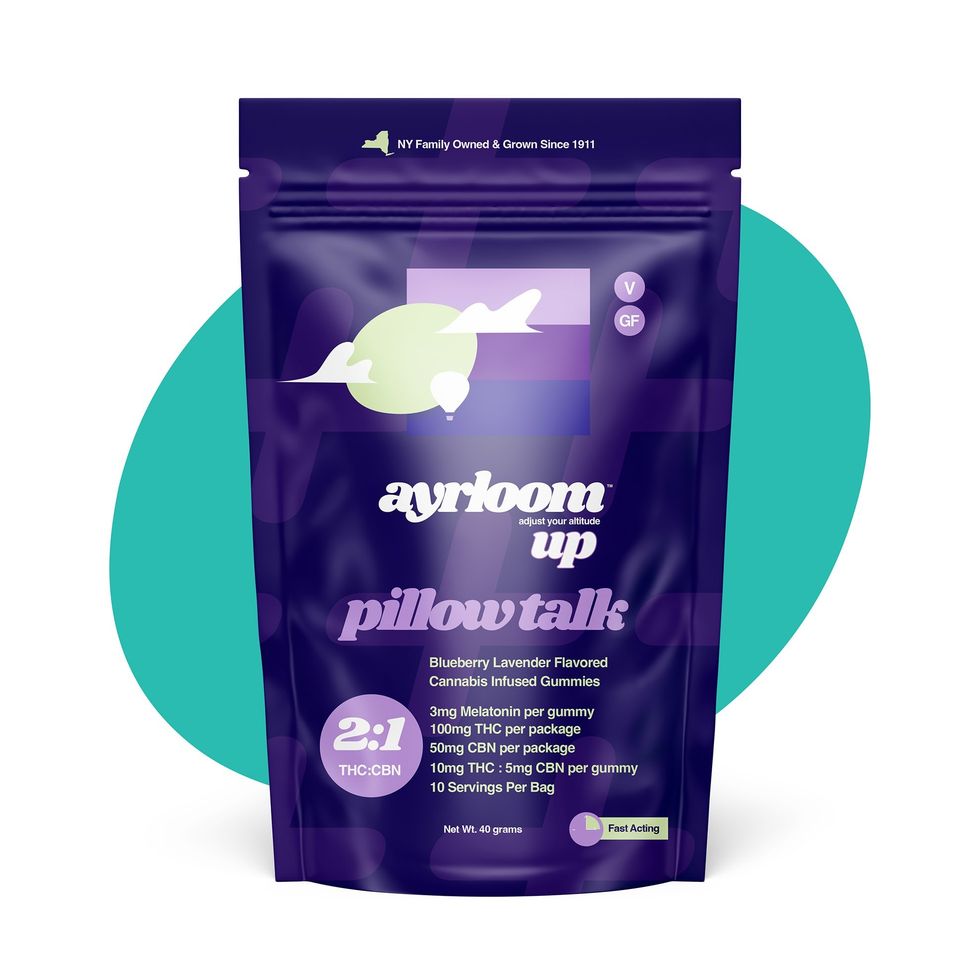 Ayrloom Pillow Talk - Sleep Gummies
Ayrloom Pillow Talk - Sleep Gummies